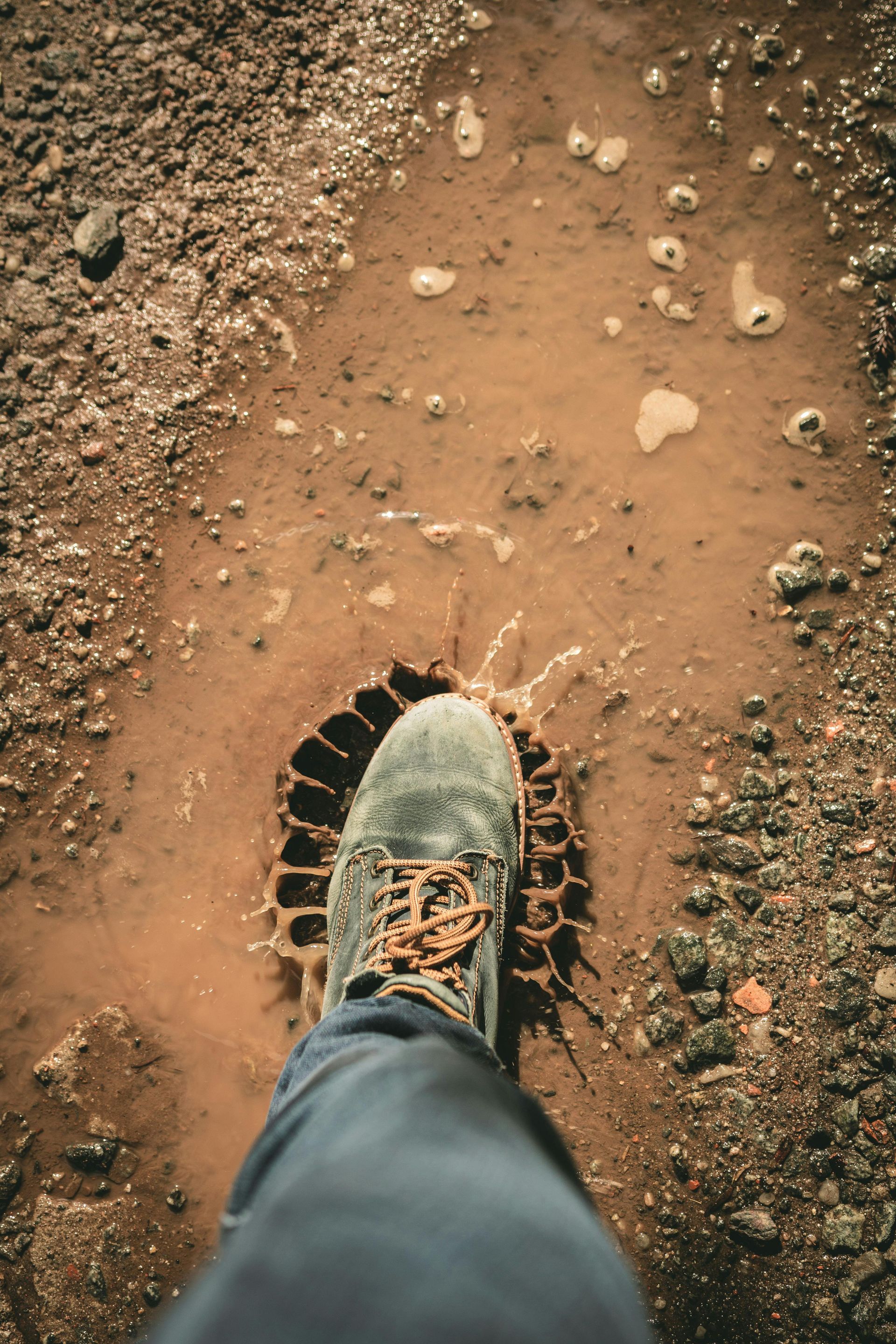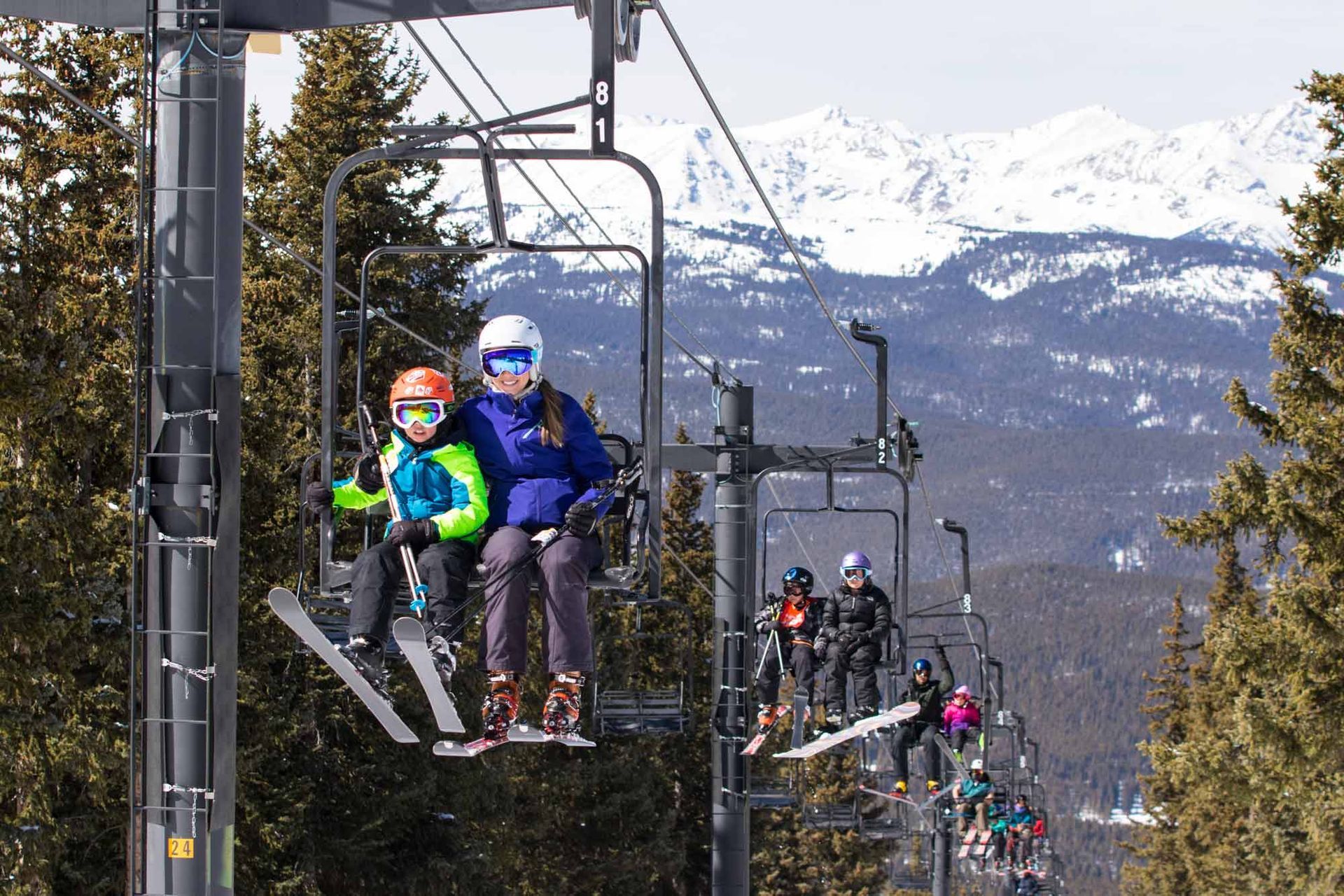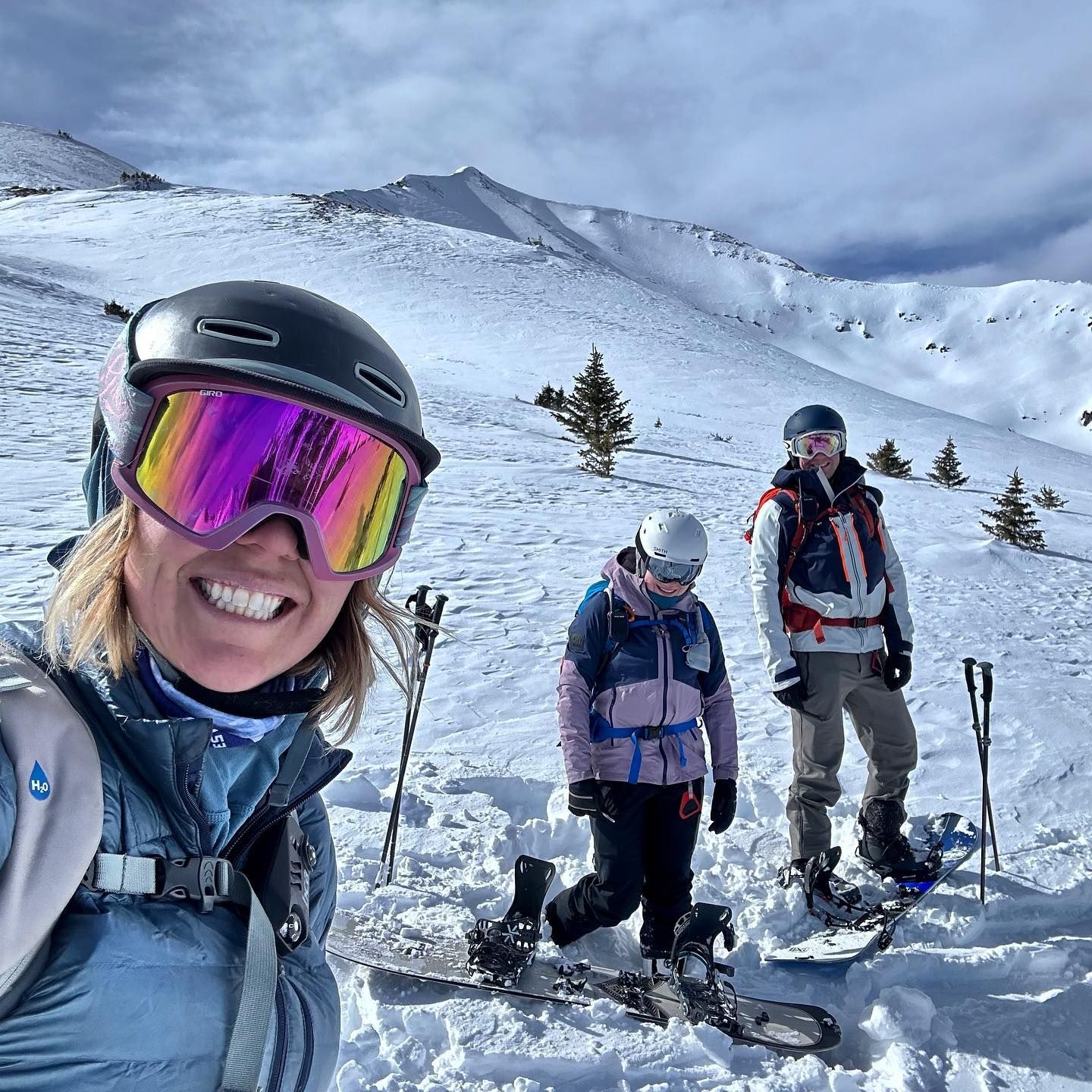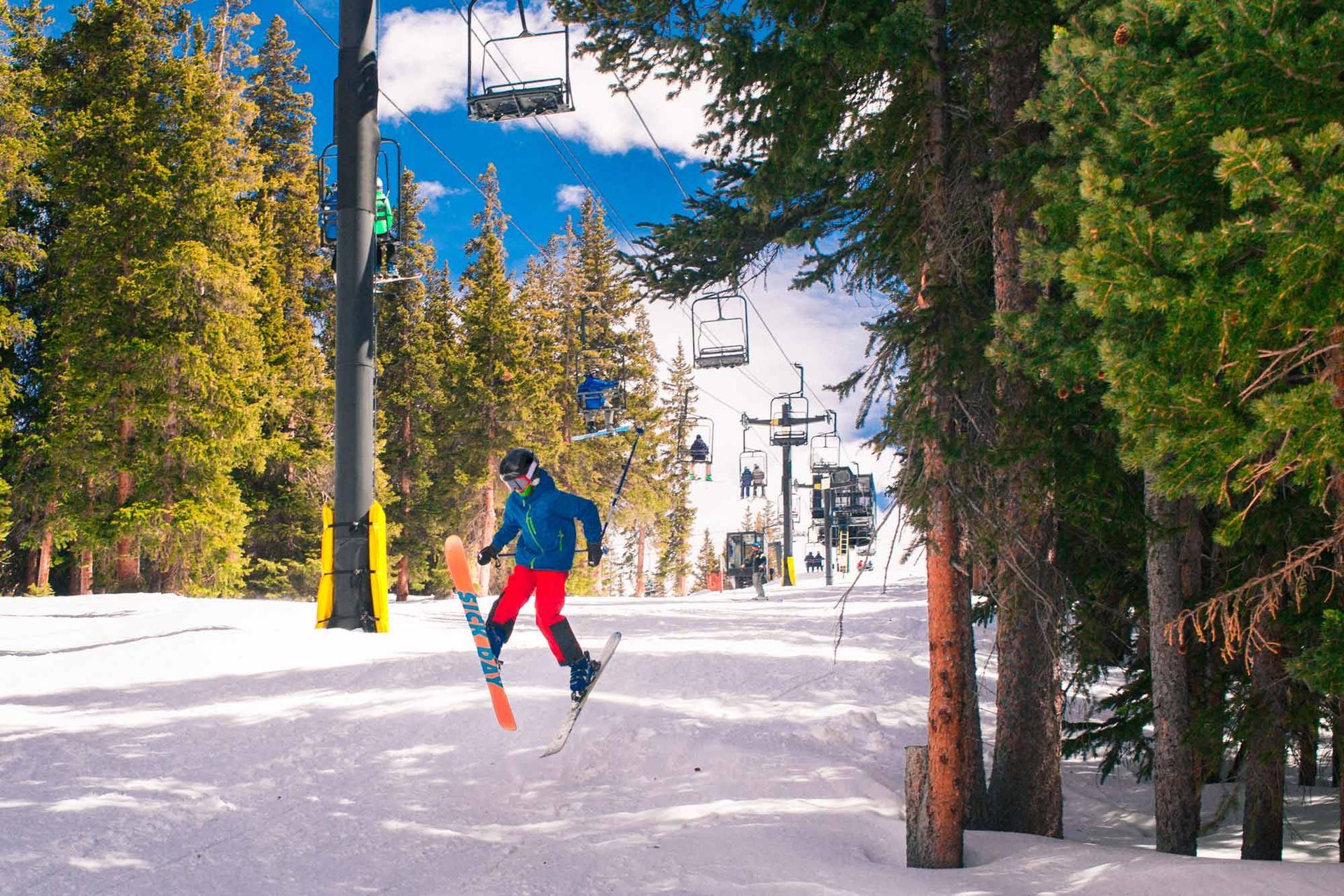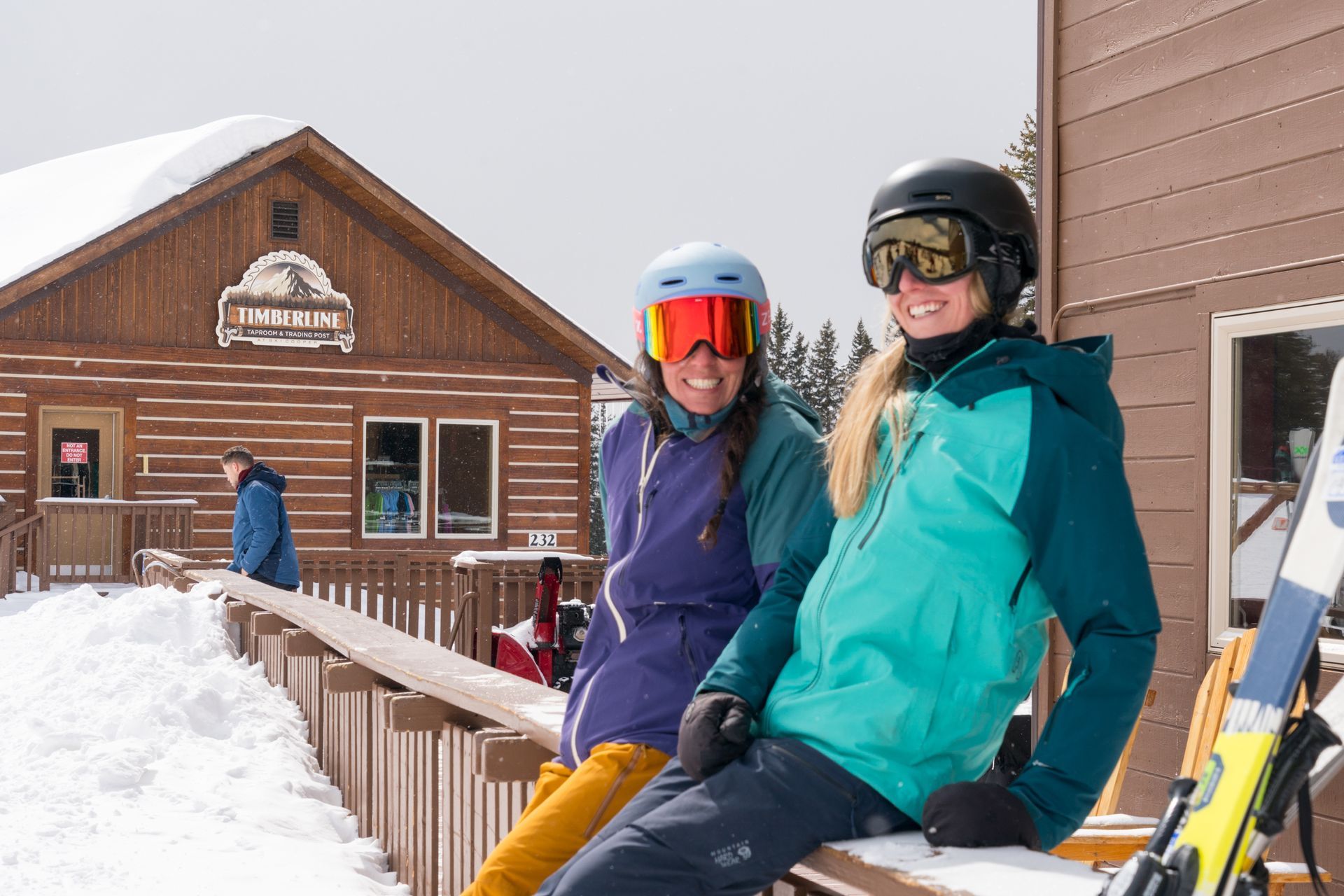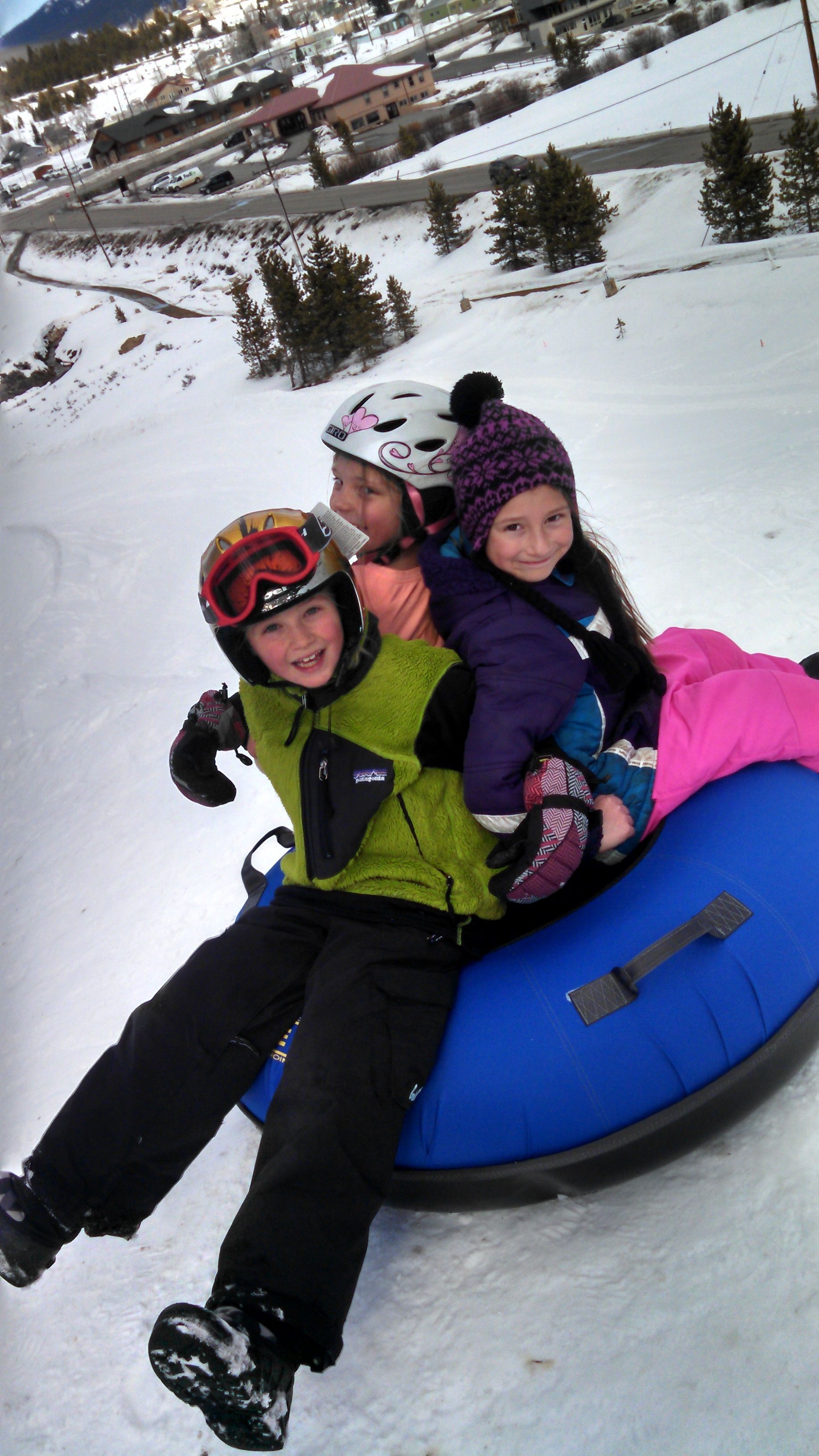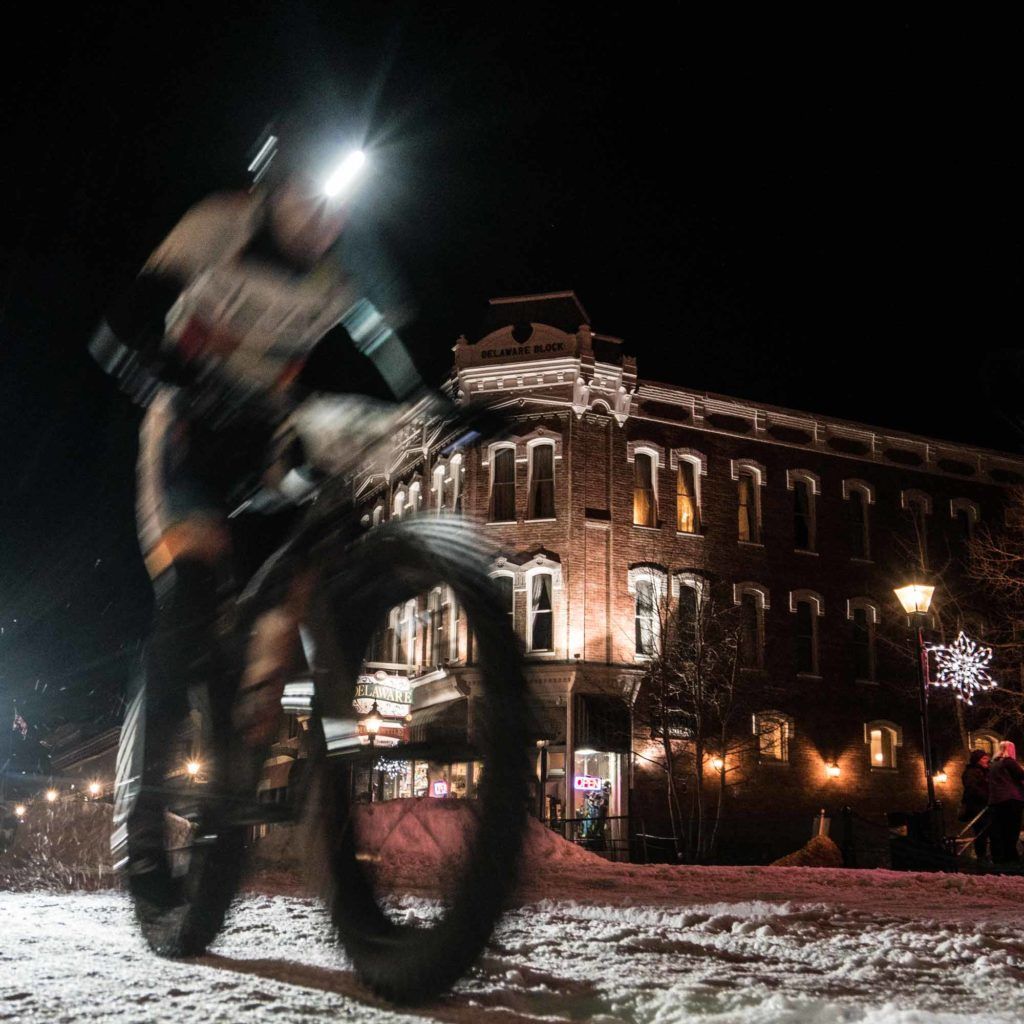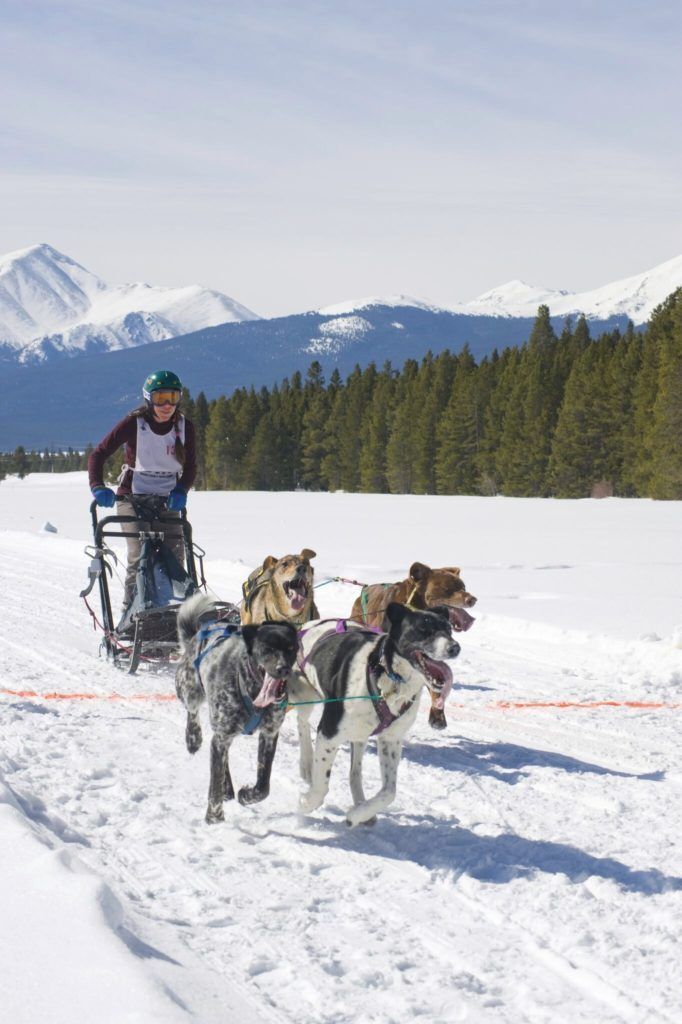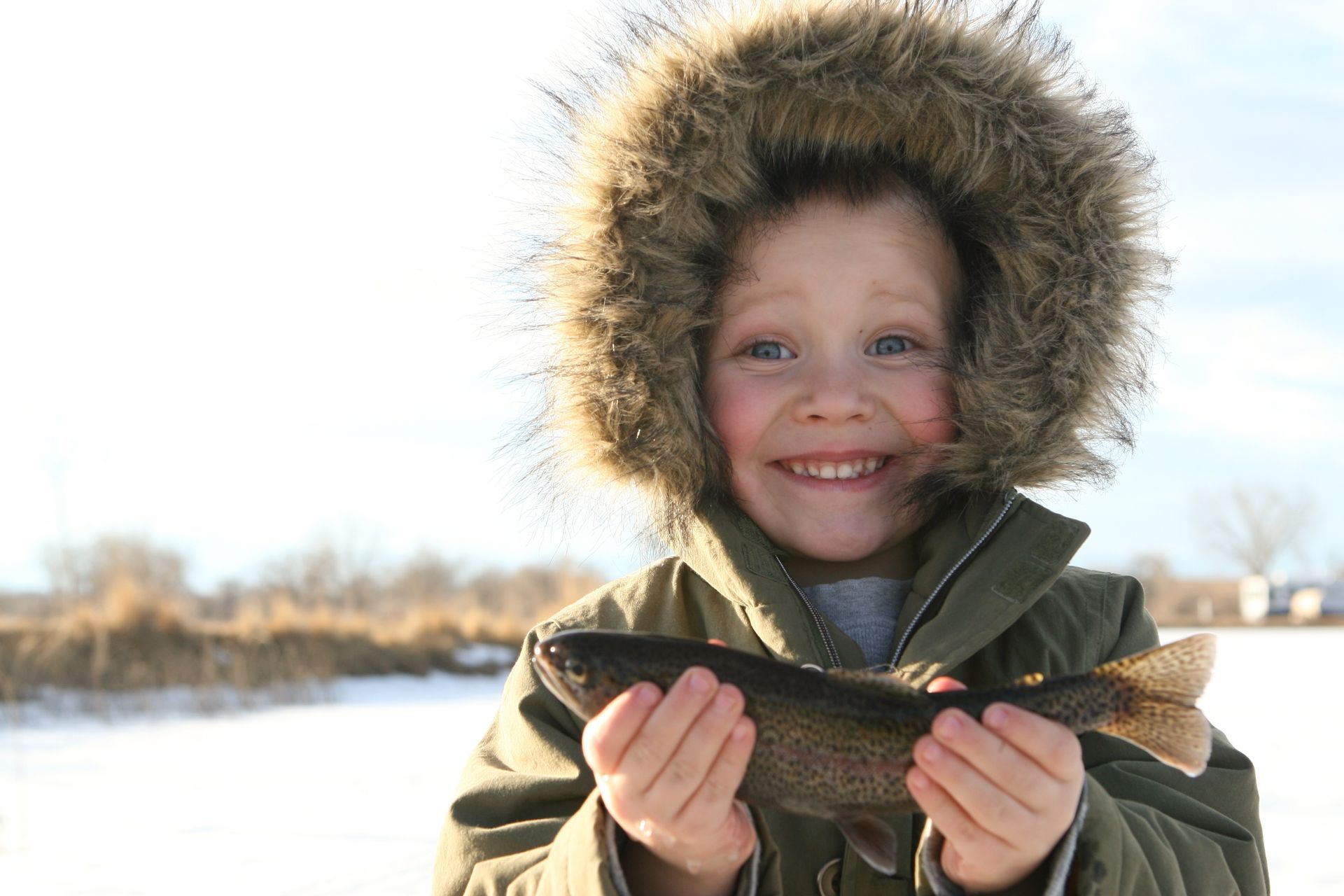Get in touch
Leadville Visitor Center
HOW TO PREPARE FOR YOUR FIRST 14ER
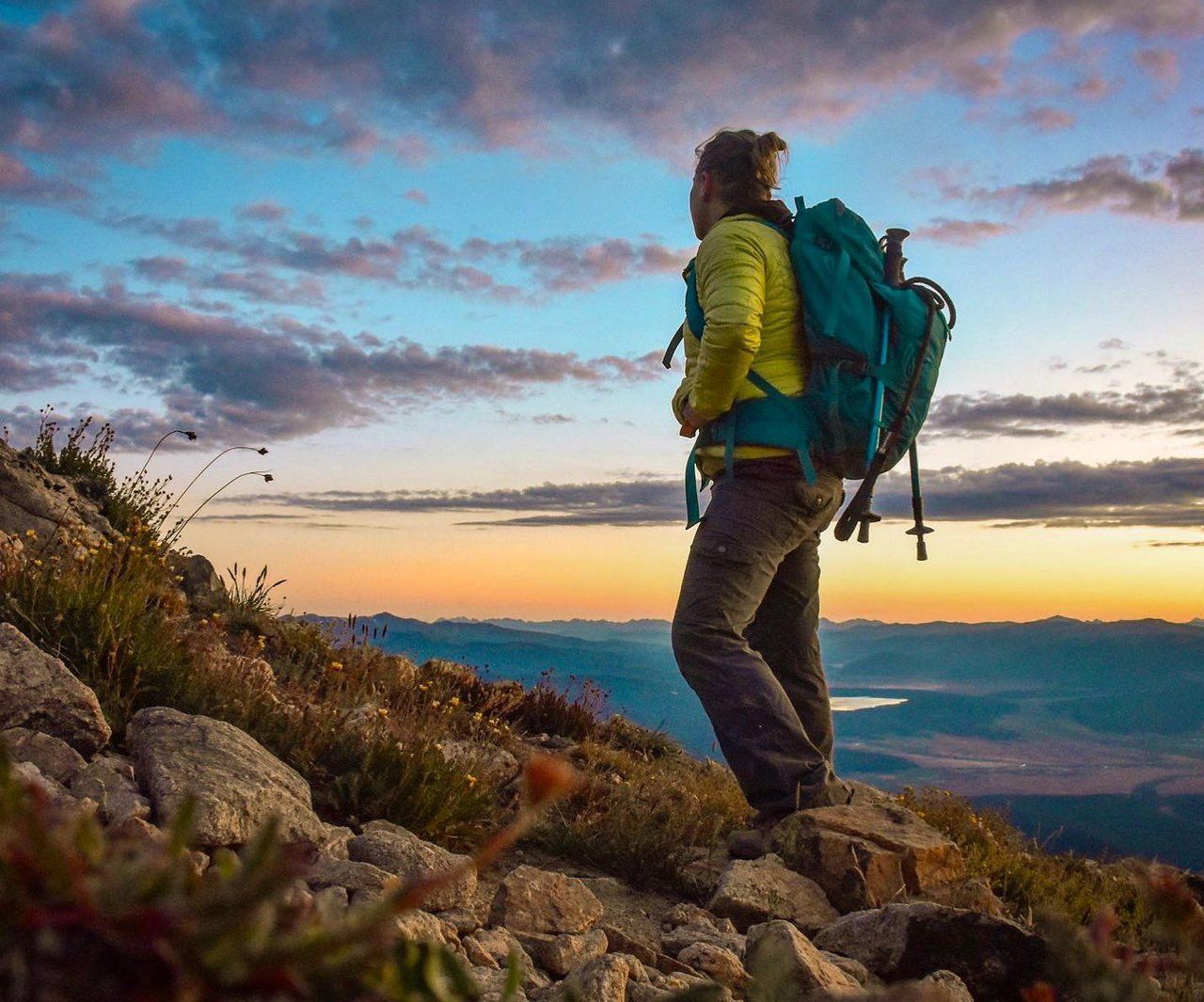
Ready to climb your first 14,000’ peak? Leadville – Twin Lakes, Colorado, is a great base camp for “14ers” and other high-altitude hikes. To increase your chances of reaching the top—and staying safe—please check out the tips below. Then get ready to enjoy those breathtaking summit views!
14ERS NEAR LEADVILLE AND TWIN LAKES
The 14ers trailheads closest to Leadville-Twin Lakes are Mt. Elbert (Colorado’s highest) and Mt. Massive (Colorado’s second highest). Mt. Sherman’s West Slopes route is also very close. However, the road to the Iowa Gulch trailhead is closed to vehicles indefinitely due to a sinking mining shaft. Walking the route adds around 7 miles roundtrip.
Also within easy driving distance (closest ones listed first) are La Plata, Missouri Mountain, Mt. Belford, Mt. Oxford, Mt. Huron, and Mount of the Holy Cross.
PLAN AHEAD WITH 14ERS.COM
The 14ers.com website and app are excellent resources. They include a list of all 14er peaks.
Once you’ve clicked your mountain on 14ers.com, choose the route you’d like to do and explore these links:
- Photos (one of the main tabs): They show the route, so that you know what to expect. You can also save them to help you stay on route as you hike.
- Routes (one of the main tabs): Study the route descriptions ahead of time so that you know where you’re going and what the terrain will be.
- Map (one of the main tabs): Please get familiar the map ahead of time. You can download maps in various formats to take with you.
- Weather (in the Planning section): Go to the weather forecast on your peak’s page, and you’ll find a point forecast for your peak at high elevations.
- Peak Conditions (in the Planning section). These tell you what to expect on your trail. In late June 2023, deep snow is still present in some areas.
- Trailhead: Once you’ve clicked the route you’d like to take, click Trailhead and scroll down for trailhead status to know if you need four-wheel drive to get there. Some routes, like Mt. Elbert’s East Ridge, have a 4WD trailhead and a lower trailhead. The lower trailhead is paved but adds a few miles to the hike.
Please use 14ers.com instead of AllTrails for these hikes, as 14ers.com has a wealth of updated information from people who hike 14ers regularly.
START BEFORE DAWN
An early start is important, for your safety.
Summer is monsoon season in Colorado, and thunderstorms are common. You’ll want to be below treeline before thunderstorms start, as they often bring heavy rain, wind, lightning, and even sleet and snow. A good rule of thumb is to be back at treeline by noon. Check the 14ers.com route description for your trail to estimate how long you think it will take you to climb, then figure your start time.
Sometimes weather moves in more quickly than you expect. Keep an eye on the clouds and wind direction as you hike. If you see clouds with black bottoms blowing your way, go down immediately. You can also watch for “Marge Simpson clouds” that stack up high like Marge’s hairdo. They indicate instability in the atmosphere, meaning conditions are favorable for storms to form.
The plus of that pre-dawn start? Glittering stars and an amazing mountain sunrise.
DRESS IN LAYERS
Air temperature can drop by five degrees with every 1,000’ in elevation. A 14er summit can be as much as 20 degrees colder than in Leadville and Twin Lakes, or 45 degrees colder than Denver.
Summits can also be very windy, which adds to the chill. Be sure to bring lightweight layers, a jacket, hat, and gloves, even in summer.
WEAR SUNSCREEN, A HAT, AND SUNGLASSES
The sun is intense at 14,000’, so be sure to bring a strong sunscreen and an SPF lip balm and reapply it often. A hat will shade your head and face. Polarized sunglasses are a great choice for being up high.
BRING PLENTY OF WATER
All that sun, wind, and exercise will make you thirsty! Colorado is a dry environment, and you’ll drink more than you expect at altitude. Drinking enough water can help you avoid altitude sickness.
CARRY THE 10 ESSENTIALS
Always take and know how to use the 10 essentials: Navigation, nutrition, hydration, illumination, sun protection, first aid supplies, fire starters, repair kits and emergency shelter, and clothing layering systems. A few are highlighted earlier in this article, but please watch this video for the full details! Thanks to the Colorado Fourteeners Initiative, which works to protect the peaks, for the videos.
HAVE A SAFETY PLAN
Please let someone know where you are going and when you plan to return. It’s best to always hike with a partner. In addition to carrying a map, consider a two-way texting device like a Garmin InReach that lets you stay in touch with loved ones, and contact someone in case of an emergency. Cell phones do not work on many 14ers.
WATCH FOR ALTITUDE SICKNESS
If you start to feel dizzy or nauseated, or your head begins to ache, you may have altitude sickness. While drinking water can help prevent altitude sickness, the only real solution is to turn around and go to a lower elevation.
LEAVE NO TRACE
Get above treeline, and you’ll experience a special ecosystem. The alpine tundra is a beautiful and very fragile environment. Plants and animals here contend with harsh winters and a short growing season, so they are not resilient against human impacts. Please help protect these unique areas!
- Stay on the trail. Doing so avoids trampling sensitive plants. Plants often do not regrow at this altitude. Trails widen, and erosion creates scars on the mountain.
- Keep your dog on a leash, for their safety. Dogs can get lost or stranded in areas of difficult terrain. If they chase wildlife, they can kill or stress the wild animals or get injured themselves. Colorado also has porcupines, which can deliver a painful message to a pup’s snout.
- Pack it in, pack it out. Please pack out all of your trash, as well as solid human waste. Doing so keeps the trails clean for everyone—for human visitors and for wildlife who live on these special peaks.
WINTER HIKES
We don’t recommend doing your first 14er in winter conditions unless you have previous winter mountaineering experience. Winter in Colorado brings avalanche danger, harsh weather, and potential whiteouts where you could become lost. Roads to many trailheads are not plowed in winter.
At these altitudes, winter conditions can span from September into July. In 2023, snow is still deep in some areas at altitude in late June, so please check conditions for your hike at 14ers.com.
Come see us in summer first and build up your experience. You’ll have a warmer summit and can see the wildflowers!
MORE TIPS
Check out the Getting Started section of 14ers.com for more tips and safety information. Follow these tips, respect the mountain, and you’ll have a wonderful hike to remember forever!
: Photo at upper left by @lasak2
